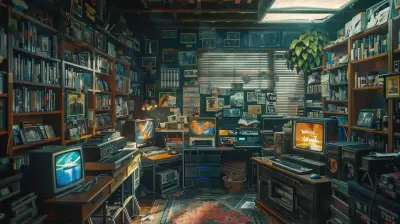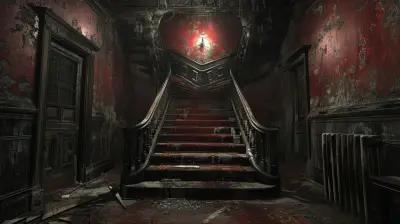How Interactive Storytelling Enhances Fear in Narrative-Driven Horror Games
22 June 2025
Have you ever found yourself gripping your controller as your heart races, not because of some over-the-top jump scare—but because of a gut-wrenching decision you were forced to make? That’s interactive storytelling sinking its claws into your psyche. In the realm of horror games, it’s not just the monsters or eerie music that scare us—it's the disturbing feeling that we are actually part of the nightmare.
In this article, we’re diving deep into how interactive storytelling intensifies fear in narrative-driven horror games. This isn't just about playing a character—it's about becoming them, feeling their dread, and living through the terrifying consequences of your own choices.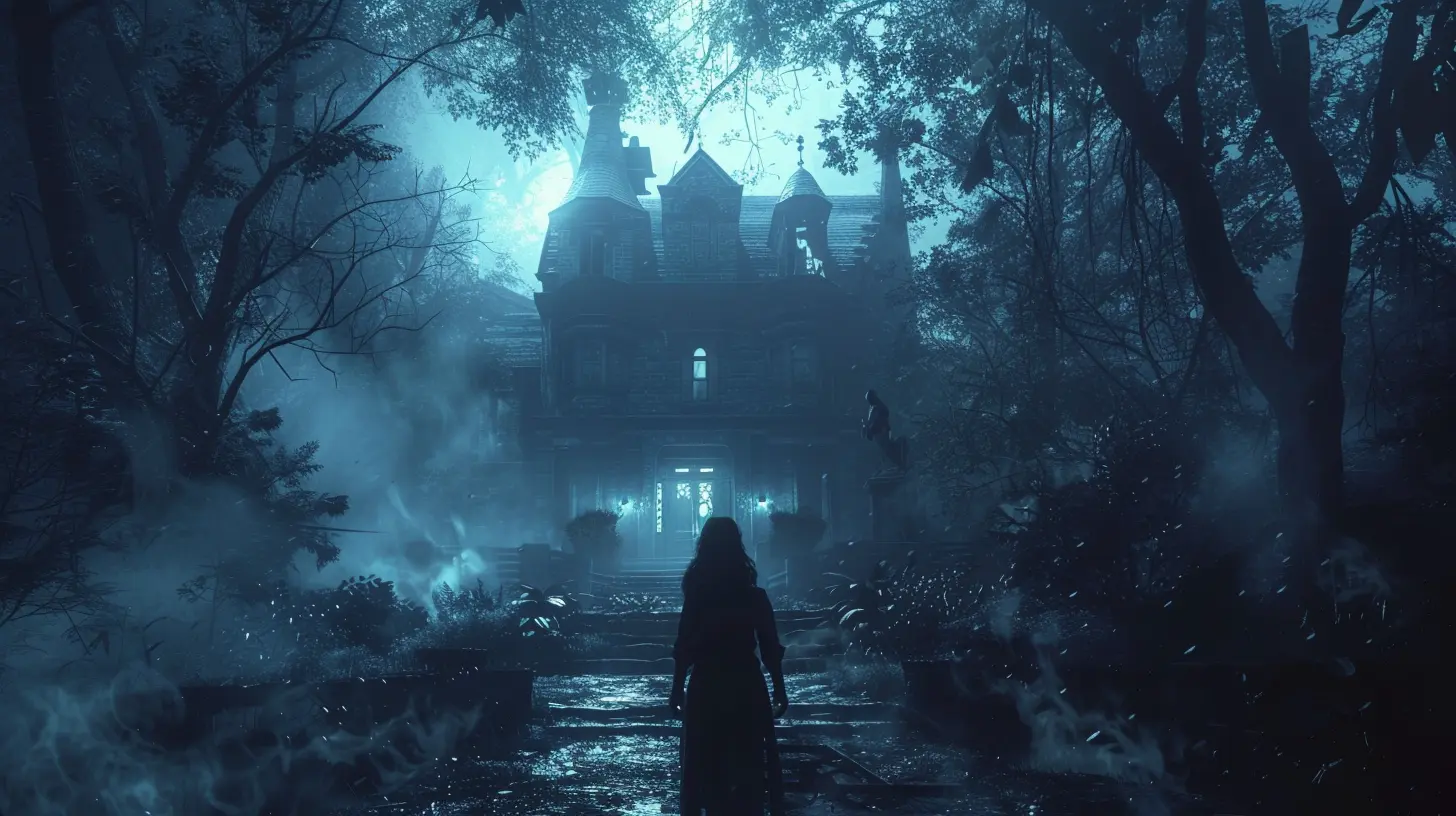
What Is Interactive Storytelling, Anyway?
Let’s keep it simple—interactive storytelling is the kind of storytelling where you (yes, you!) shape the narrative through your actions and decisions. Unlike books or movies that play out the same way every time, interactive stories give you the wheel. You decide what happens next and that sense of control—or the illusion of it—is exactly what makes horror games so emotionally charged.Now, mix this with horror and you've got a potent recipe for psychological mayhem. It's one thing to watch a character make a bad decision. It's another thing entirely when you're the one making it.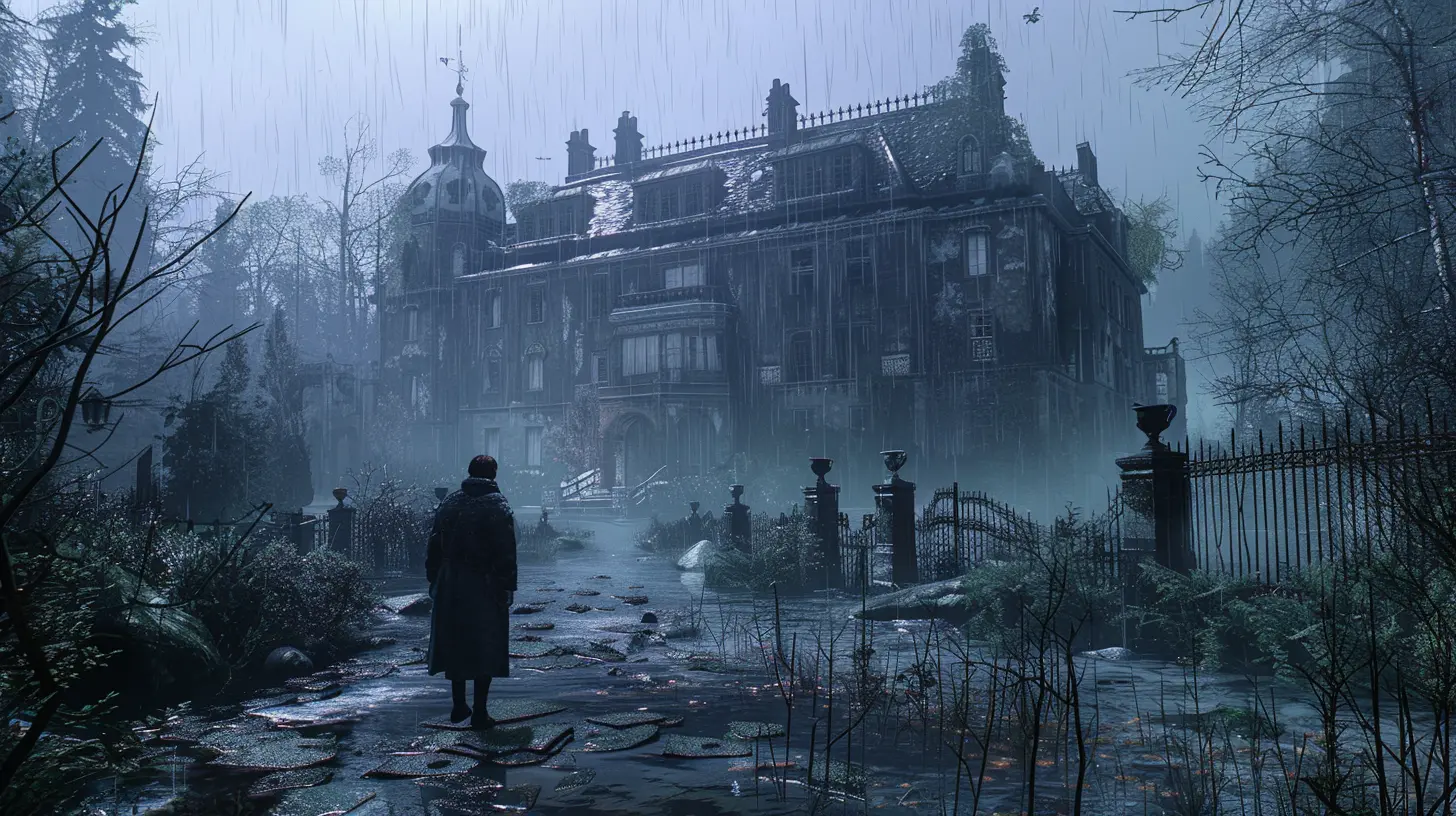
Why Story Matters in Horror Games
Sure, creepy sound effects and grotesque visuals are unsettling. But without a solid story, it's just a haunted house ride without a plot. The best horror games are those that pull you into a world where everything matters—from a rustling curtain to a mysterious note left on a table.When the story is rich, you start caring about characters. You start connecting dots. And that’s when fear really starts to creep in—not just jump out at you.
Story gives fear context. Imagine walking down a dark hallway. Spooky, right? Now imagine walking down that same hallway knowing a killer stalked this place, and your best friend went missing here. Now it's not just scary—it's personal.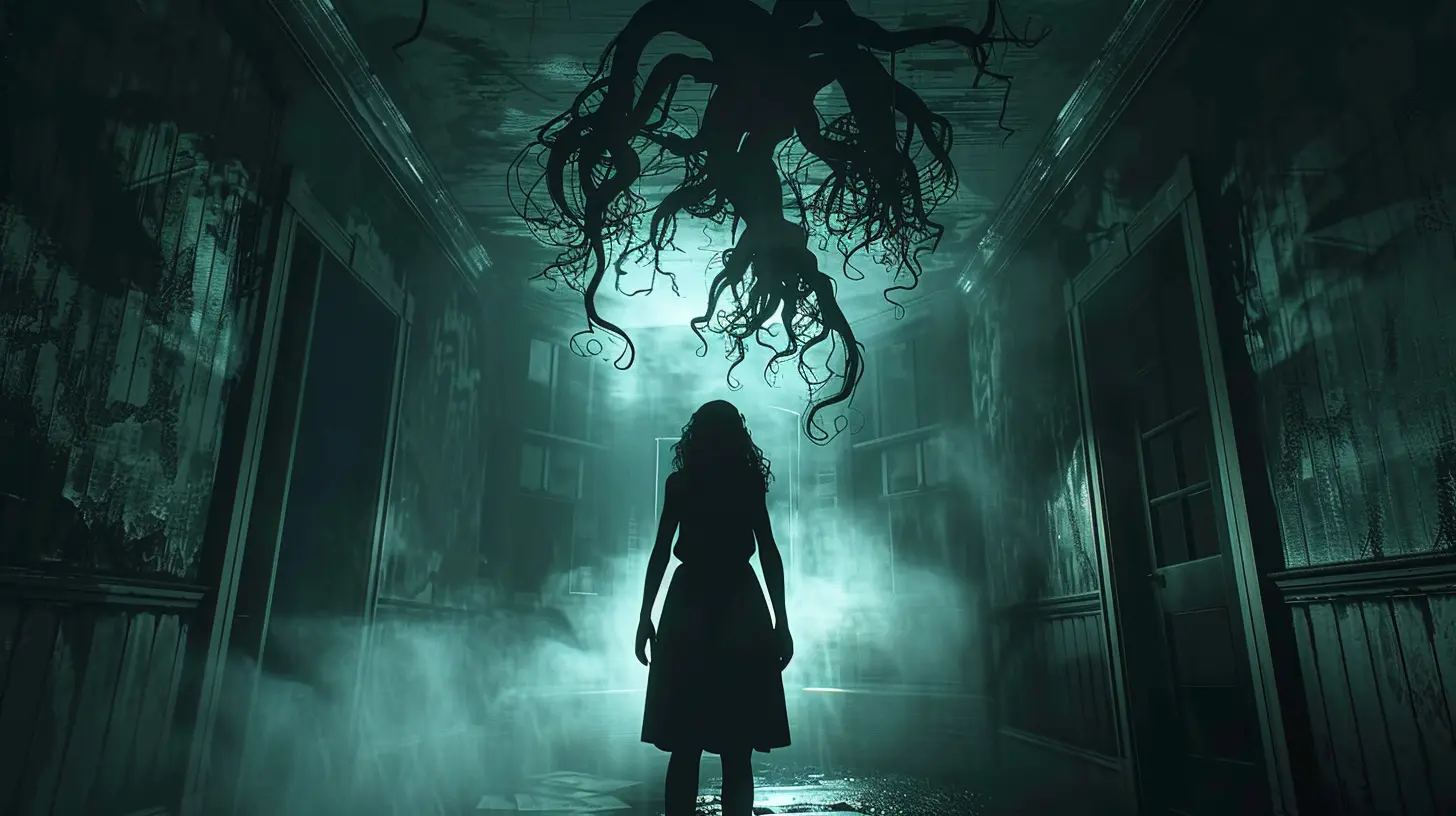
The Illusion of Choice: Playing With Player Fear
One of the most genius tricks in interactive horror storytelling is the "illusion of choice." Developers let you think you're in full control. And you are... to a point. Your decisions matter—but some consequences are inevitable.This uncertainty gnaws at players. Did you just seal someone’s fate? Could you have prevented that gruesome death? The game isn’t telling. And that ambiguity builds incredible tension.
Games like Until Dawn or The Quarry thrive on this mechanic. Everything from who survives to how the story ends hinges on your choices. Wanna save your favorite character? Better think twice before you open that suspicious door or trust that creepy stranger. It's all on you.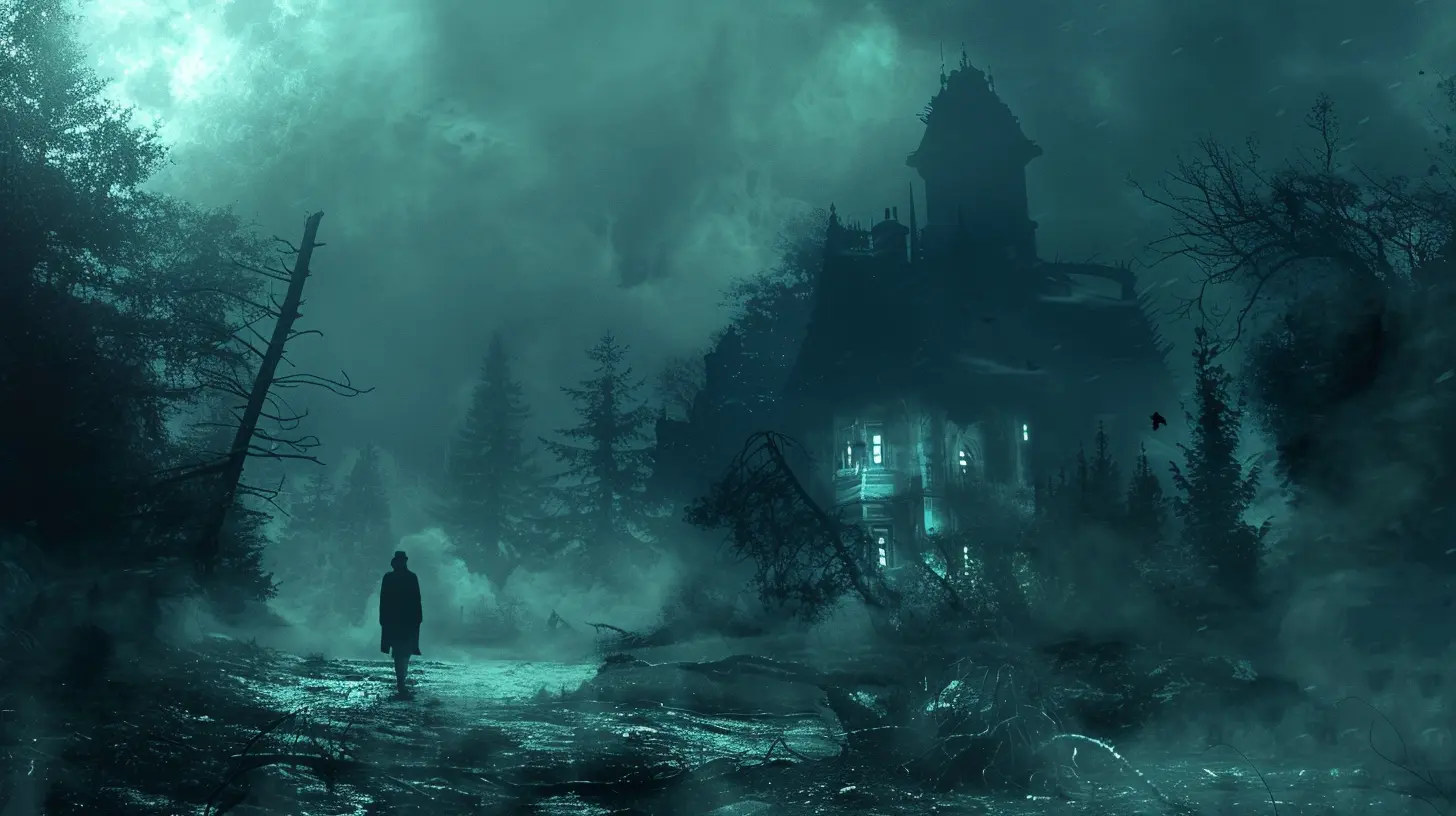
Emotional Investment = Deeper Fear
The more we care about the characters, the harder the horror hits.Games like The Walking Dead (Telltale Series) or Life is Strange may not fall under traditional horror, but they masterfully show how emotional storytelling ramps up tension. When horror elements are finally introduced, they feel devastating rather than just shocking.
Interactive storytelling forces you to become emotionally invested, and that’s when it gets dangerous—in the best way possible. Horror thrives on vulnerability, and nothing makes a player more vulnerable than loving a character and knowing you might not be able to save them.
Building Atmosphere Through Choices
Ever noticed how your choices can affect the entire vibe of the game?In narrative-driven horror games, decisions might change the environment, the soundtrack, or even how other characters treat you. Suddenly, that cozy cabin feels ominous. That friend you trusted now looks a little suspicious.
Take Silent Hill: Shattered Memories, for instance. The game actively monitors your interactions and tailors psychological horror elements to match your behavior. It’s like the game is reading your mind—and punishing you for it.
These subtle shifts create a deeply immersive horror experience. You start to question everything—even your own judgment.
Fear of Regret: The Ultimate Scare Tactic
Perhaps the most insidious form of fear in interactive horror storytelling is regret.Picture this: you made a split-second decision to hide instead of run. You heard screams. It's too late. She's gone. Could you have saved her?
You sit there, controller heavy in your hands, replaying the moment in your head. The game doesn’t scream at you—it whispers, “You did this.”
That emotional punch? It sticks with you. Long after the console is off.
Games like Heavy Rain or Man of Medan exploit this masterfully. They don’t rely on monsters jumping out of closets. They make you live with the weight of your decisions.
The Role of Unpredictability
One reason interactive storytelling works so well in horror games is that it adds a layer of unpredictability. When you can't memorize patterns or predict outcomes, you're always on edge.You might assume your character is safe, only to have a wrong dialogue choice lead to a deadly encounter. Unlike linear stories, interactive ones keep you guessing. Every playthrough could be different, and that replay value feeds into player dread. It’s like walking through a house of mirrors where the reflections change every time.
Breaking the Fourth Wall: When the Game Targets You
Some horror games take interactive storytelling a step further—they address you directly. Like, actually you.Remember Doki Doki Literature Club!? On the surface, it looks like a cute dating sim. But as the game progresses, it distorts your expectations and even manipulates your save files. It invades your space, blurring the lines between game and reality.
That’s psychological horror at its finest. By breaking the fourth wall, it turns the player into a participant, not just a spectator. You're not just playing the story—you're living it. And when the horror attacks you, it becomes deeply personal.
Adaptive Storytelling: AI and Emerging Tech
With advancements in AI and procedural storytelling, horror games are becoming more reactive. Some developers are even exploring tech that reads player behavior—facial expressions, voice stress, input timing—and tailors scares accordingly.Can you imagine a game that literally knows you're scared, and decides to push harder?
This kind of dynamic storytelling will raise the fear factor to unprecedented levels. Horror won’t just be about scripted scenes; it’ll be about personalized nightmares.
It’s Not About Winning—It’s About Surviving
Unlike your typical shooter or open-world game, narrative-driven horror games don’t reward you for “winning.” There’s no glory in making it to the end. Sometimes, the most you can hope for is survival—emotional, mental, and occasionally, literal.And because of the choices you’ve made along the way—who to trust, where to hide, what truths to ignore—the ending feels uniquely yours. That ownership of the outcome makes the game’s horror resonate deeply. You didn’t just watch a story. You lived it. And you’ll remember it.
The Rise of Indie Horror Narratives
While big studios have delivered chilling, choice-based titles, indie developers are really pushing the boundaries of what interactive horror can be.Games like Oxenfree, Detention, and World of Horror use minimalist styles, but tell intense, branching stories that play with your perception. There's something raw and personal about these games—and they often tackle psychological or cultural horror that hits hard.
With fewer constraints, indie developers can explore weird, uncomfortable corners of interactive storytelling. And believe me, that’s where true horror thrives.
Final Thoughts: Fear Is A Two-Way Street
At the core of interactive storytelling in horror games is a simple truth: the fear you experience is a reflection of the choices you make. You're not watching someone else suffer. You're the one pulling the strings, making the calls, and facing the consequences.That’s what makes it powerful. That’s what keeps us coming back, even when we’re terrified.
So next time you're knee-deep in a horror game, sweating bullets over a choice with no good outcome, remember this—you’re not just playing a scary game. You’re part of a living nightmare. And whether you make it out or not? That’s entirely up to you.
all images in this post were generated using AI tools
Category:
Horror GamesAuthor:

Aurora Sharpe
Discussion
rate this article
2 comments
Galina Chapman
Great insights on how interactive storytelling amplifies fear in horror games! The emphasis on player choices truly immerses us in the narrative. I’d love to see examples of games that effectively utilize this technique to enhance tension and atmosphere.
October 26, 2025 at 4:22 PM

Aurora Sharpe
Thank you! Games like "Until Dawn," "The Dark Pictures Anthology," and "Resident Evil 7" masterfully use player choices to heighten tension and deepen immersion.
Erin Hernandez
Great insights! Interactive storytelling truly amplifies the fear experience!
July 3, 2025 at 5:14 PM

Aurora Sharpe
Thank you! I'm glad you found the insights valuable—interactive storytelling really does heighten the emotional impact in horror games!
